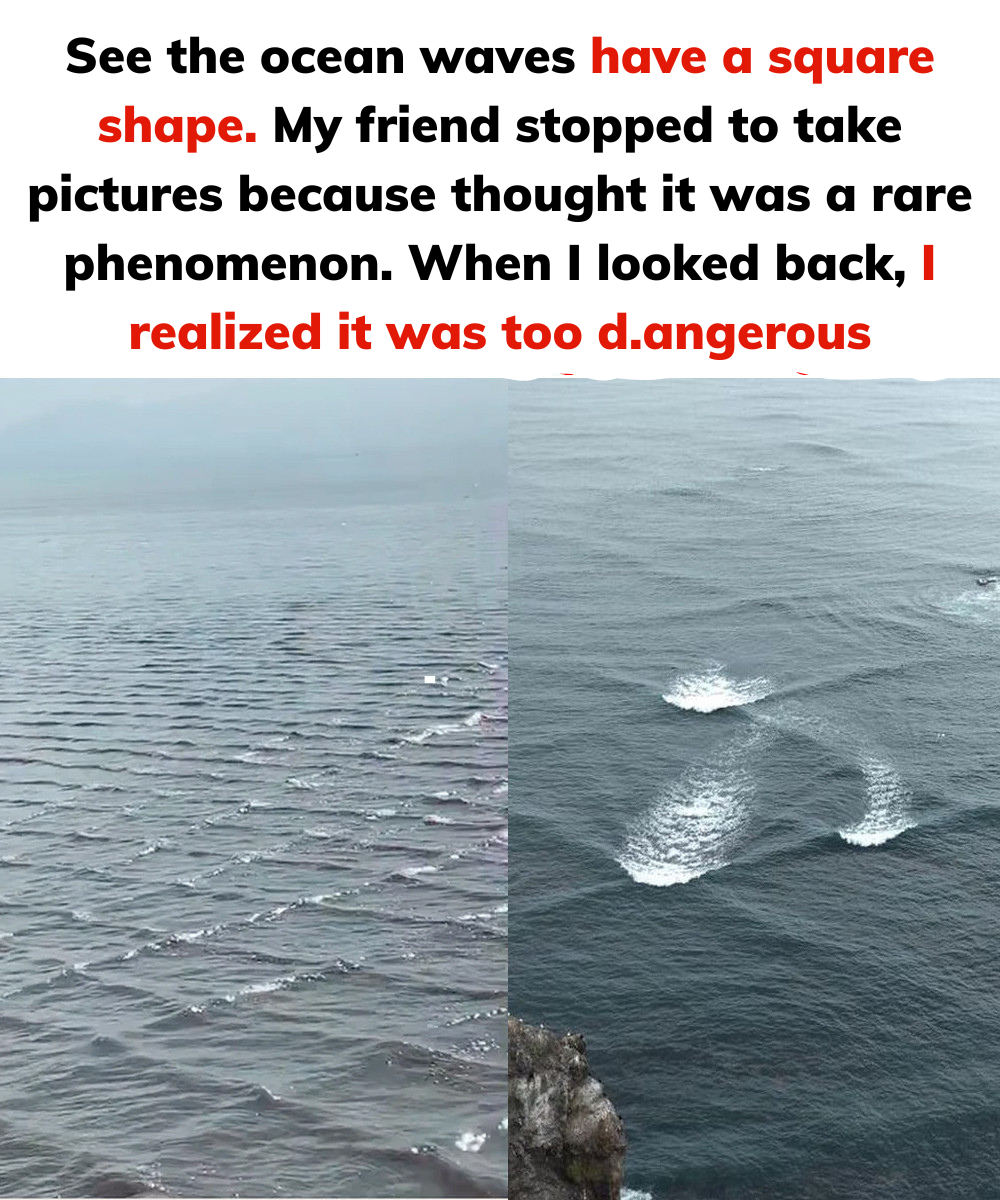The answer is
Waves generally run parallel to the shore, but a cross sea is different. It occurs when opposing swells collide. When the wind from two weather systems — one old, the other more recent — meet, the waves of the newer weather system run at an oblique angle to the old weather system, whose waves continue on despite the shift in the wind.
The result looks like a quilt-like pattern of squares on the ocean surface, with the waves moving in a grid-like arrangement.
Cross seas generally occur along coastal areas, and they are rare. Yet, there is one place along the west coast of France where cross seas occur with astonishing regularity. The geology of the Isle of Rhé makes it perfectly situated for their formation.
The site is a tourist attraction that brings thousands to the island’s lighthouse each year to view the phenomenon at a safe distance. It’s a bit odd to think that waves intersecting at different angles would draw so many people, but really, when was the last time you saw nature create squares in water?
With a squared sea, the water can be difficult to navigate for boaters, as well as swimmers. Part of what makes square waves dangerous is that they generate powerful rip currents, and powerful waves, which can reach nearly 10 feet (3 meters) high, more than enough to swamp a large boat. A study found that “a large percentage of ship accidents occurred in crossing sea states.”













